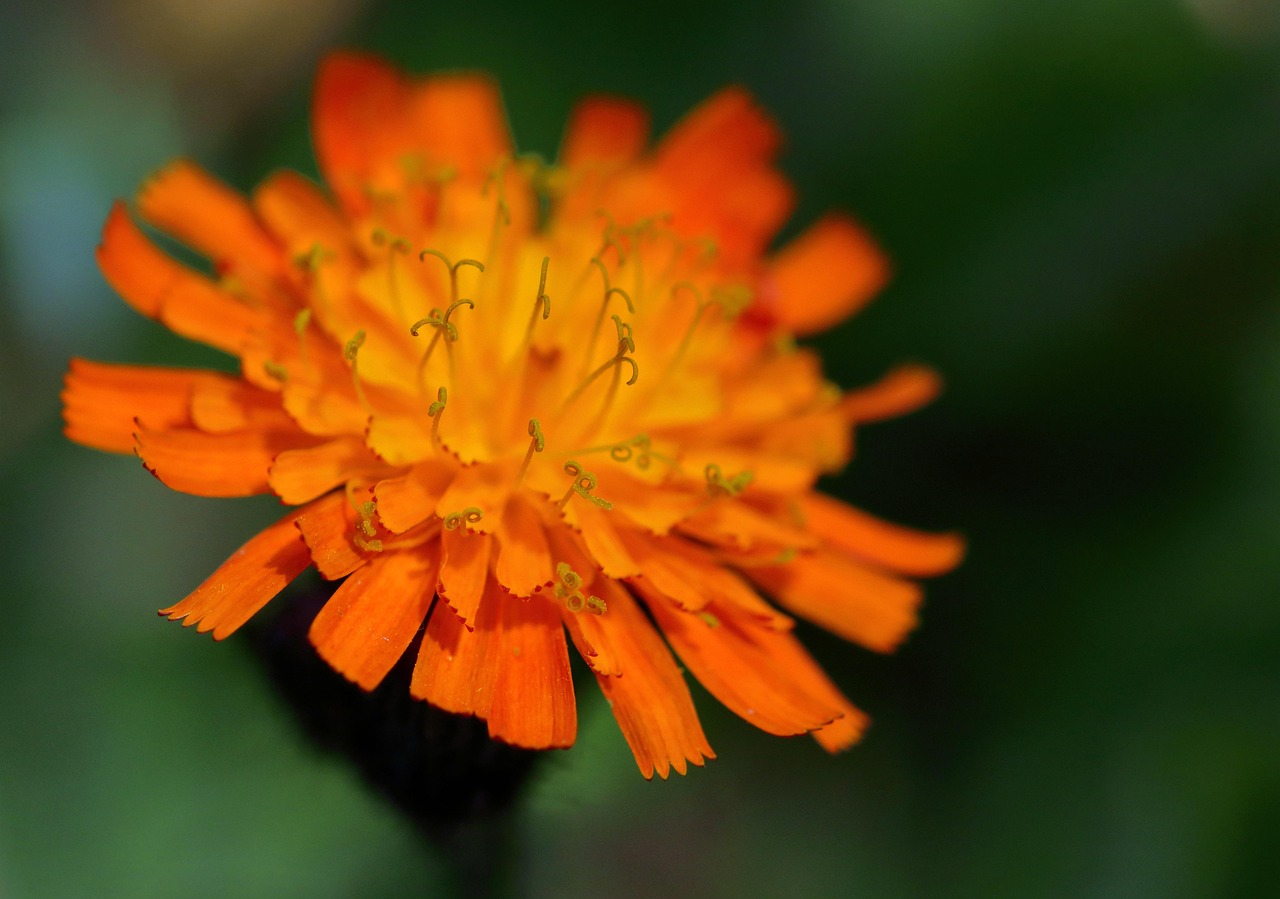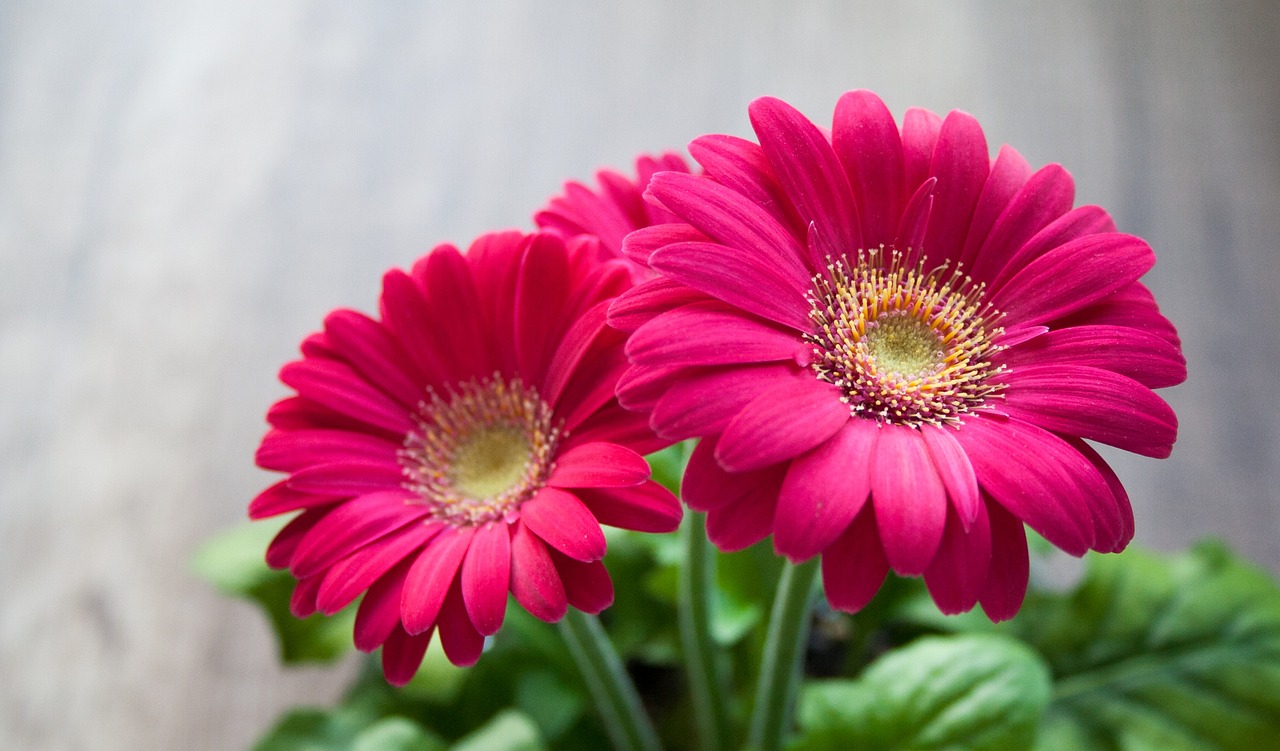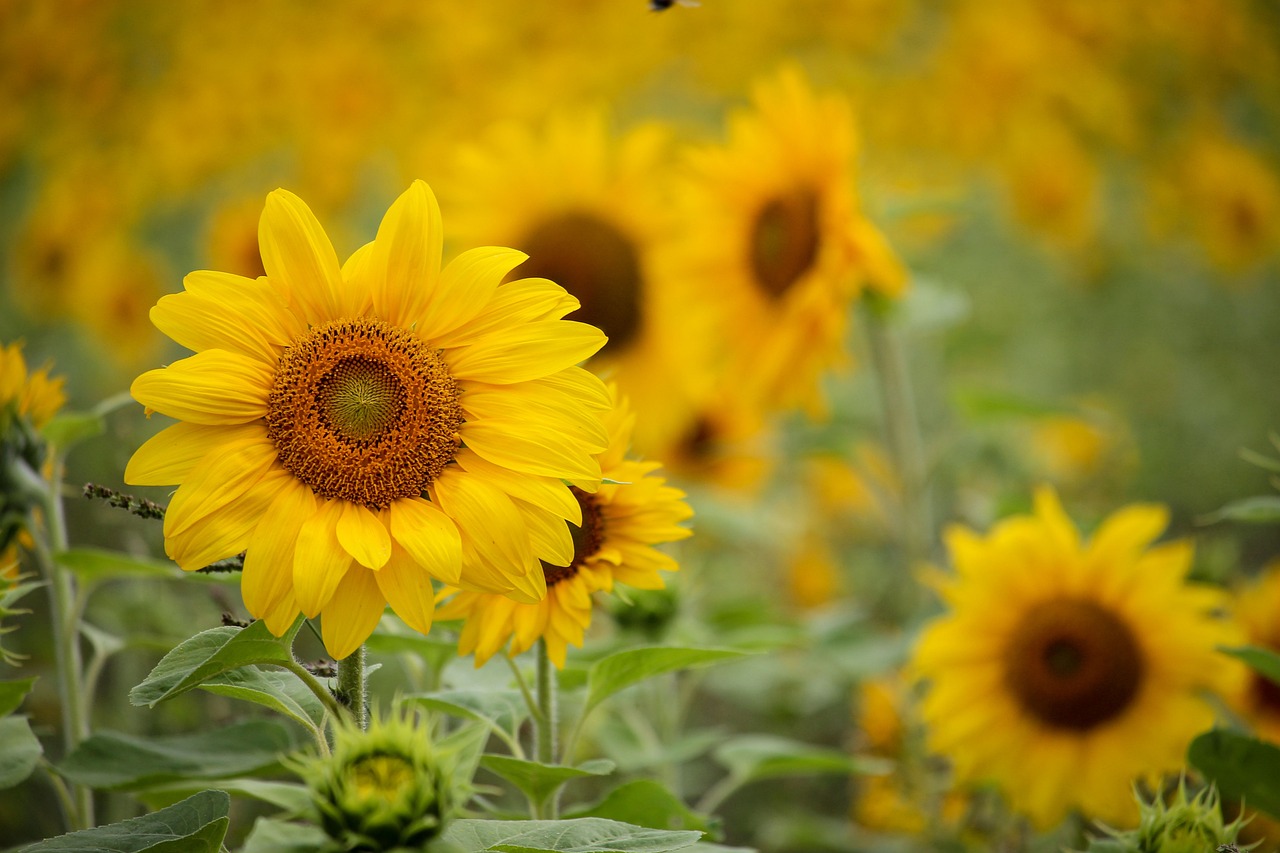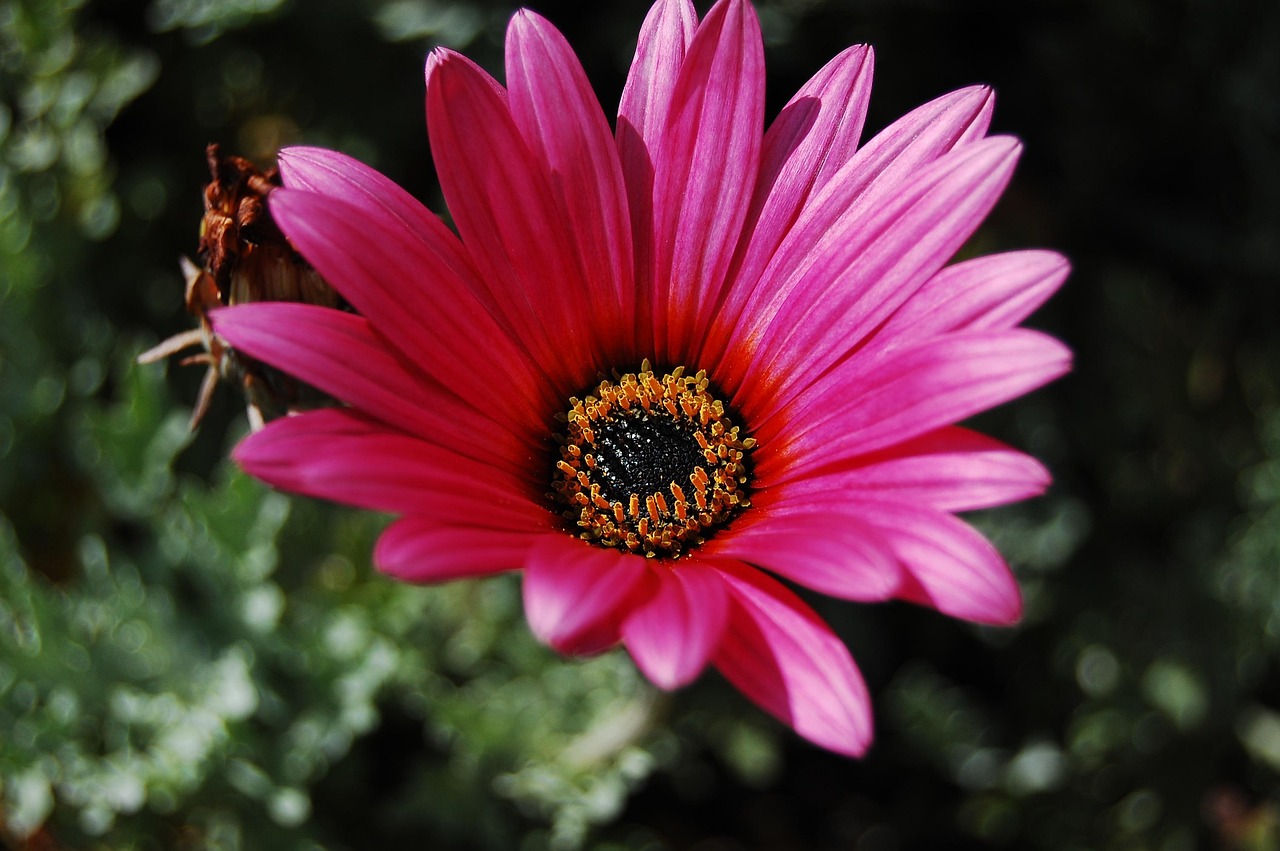Gold Coin Daisy | The Sunflower of Southern European Gardens
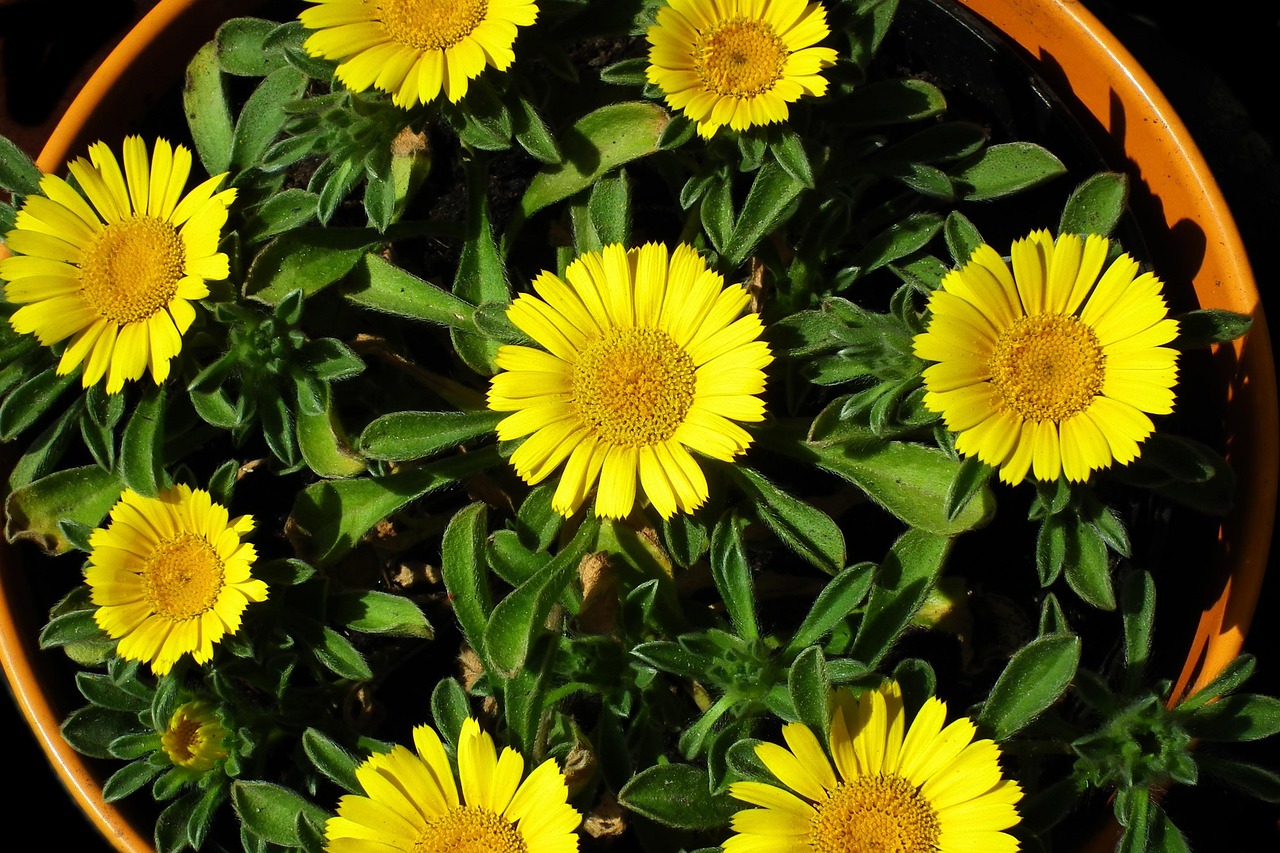
The Gold Coin Daisy is a perennial plant known for its bright yellow flowers and hardy nature. Not only does it add color to gardens and flower beds, but it is also used as ground cover. Its easy care makes it suitable even for beginners.
In this article, I will explain the basic information, cultural and historical background, and cultivation tips for the Gold Coin Daisy.
Basic Information
- Scientific name: Pallenis maritima
- Family: Asteraceae
- Origin: Mediterranean coast
- Appearance: The Gold Coin Daisy grows to a height of about 20–40 cm and has rounded green leaves. From spring to summer, it produces vivid yellow flowers. The center is a deeper yellow, harmonizing with the petals around it and shining like a golden coin.
- Blooming season: From March to September, offering long-lasting blooms. In mild climates, it may even flower in winter.
Cultural Significance Around the World
The Gold Coin Daisy has long been cherished as a garden plant in the Mediterranean region.
In Greece and Italy, it is regarded as a symbol of the sun, often representing happiness and prosperity.
In some parts of Europe, it is widely used to decorate parks and walkways, where its bright colors enhance the landscape.
In addition to ornamental purposes, it is planted in arid areas as part of greening projects, thanks to its drought tolerance.
Historical Background
Records show that the Gold Coin Daisy was cultivated in ancient Roman gardens.
Because of its sun-like brilliance, it was sometimes dedicated to Apollo, the sun god.
From the 17th century onward, as horticultural improvements advanced in Europe, the plant attracted attention for its resilience in dry conditions and spread beyond the Mediterranean region.
In England, it was incorporated into Victorian gardens, where it was used for borders and flowerbed edging.
Gardening Advice
The Gold Coin Daisy is easy to grow, and with proper conditions, it can bloom beautifully for a long time.
Sunlight
Prefers sunny spots. It can grow in partial shade, but flower production may decrease.
Watering
Being drought-tolerant, it should be watered only when the soil is completely dry. Avoid overwatering to prevent root rot.
Soil
Well-drained sandy soil is ideal. For garden planting, mixing leaf mold or perlite improves aeration.
Fertilizer
Minimal fertilization is sufficient. During the growing season, diluted liquid fertilizer once or twice a month is adequate.
Pruning
Regularly deadhead faded flowers to encourage new blooms. If growth is vigorous, lightly trim to maintain shape.
Cold resistance and overwintering
While it tolerates light frost, mulching in winter is advisable in colder regions. For potted plants, moving them indoors during harsh winters is recommended.
Conclusion
The Gold Coin Daisy is a hardy plant with bright yellow flowers that bloom over a long period.
Native to the Mediterranean coast, it has long been cherished as a symbol of the sun.
Drought-tolerant and easy to grow in sunny areas, it is ideal for beginners. Its versatility makes it a delightful addition to flower beds and containers alike.


